<Back to Index>
- Physicist and Engineer Gustave - Adolphe Hirn, 1815
- Engineer Marc Seguin, 1786
PAGE SPONSOR
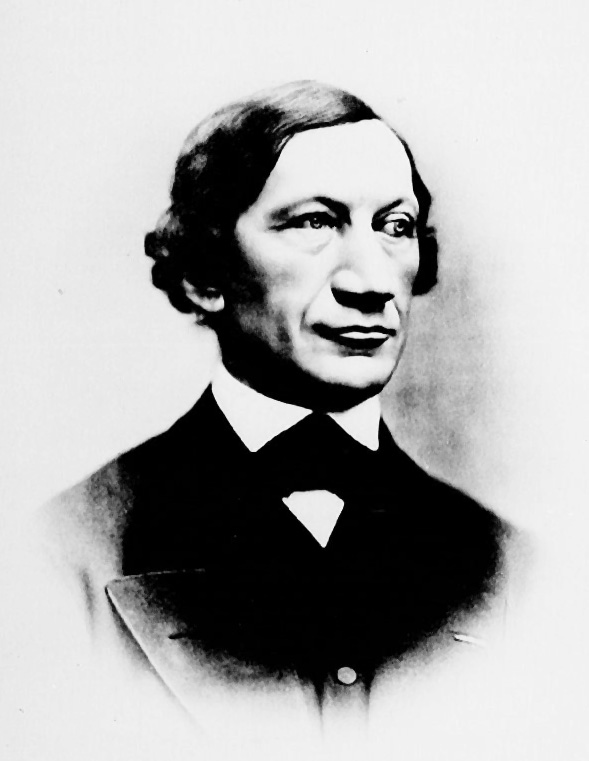
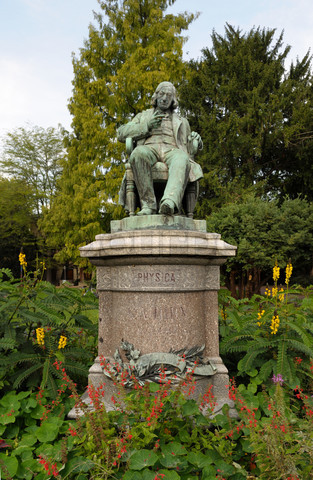
Gustave - Adolphe Hirn (August 21, 1815 - January 14, 1890) was a French physicist, astronomer. mathematician and engineer who made important measurements of the mechanical equivalent of heat and contributions to the early development of thermodynamics. He further applied his science in the practical development of steam engines.
Hirn was born in Logelbach, near Colmar into the prosperous textile manufacturing family Haussmann. Baron Haussmann was a cousin. At 19, he entered his grandfather's cotton factory as a chemist. Later he worked as an engineer, and began research on mechanics, especially on calorics. He was made a member of the French Academy of Science in 1867; in 1880 founded a meteorological observatory near Colmar; and later devoted himself to astronomy. Hirn was educated in the shop, and his works are marked by much practical criticism of mere academic theory.
Hirn invented the pandynanometer in 1880 and published a theory of the origin and chemical composition of Saturn's rings, exchanging correspondence with Urbain Jean Joseph Leverrier.
He died in Logelbach.
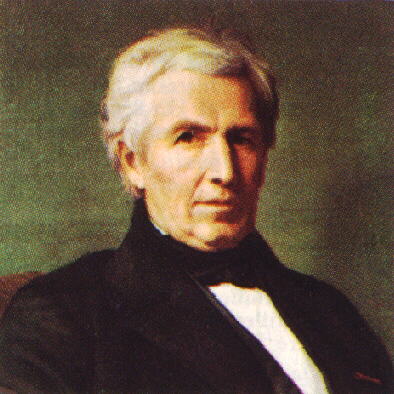
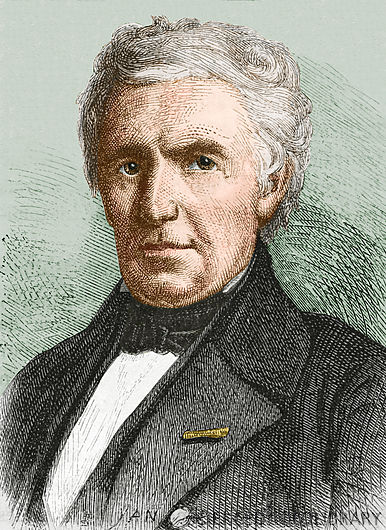
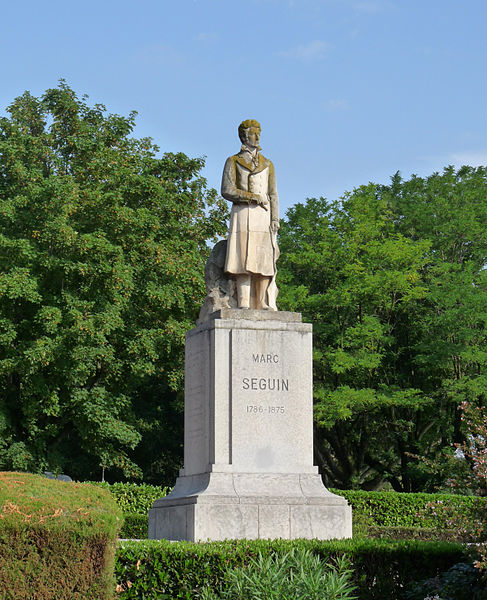
Marc Seguin (April 20, 1786 - February 24, 1875) was a French engineer, inventor of the wire cable suspension bridge and the multi - tubular steam engine boiler.
He was born in Annonay, Ardèche to Marc François Seguin (founder of Seguin & Co.) and Thérèse - Augustine de Montgolfier (niece of Joseph Montgolfier).
Marc Seguin was an inventor and entrepreneur. He developed the first suspension bridge in continental Europe, building and administering toll bridges for a total of 186 bridges throughout France.
Shortly after the Stockton and Darlington Railway in England opened (1825) he visited it and observed George Stephenson's Locomotion in operation. In 1829, he delivered two steam locomotives of his own design to the Saint - Étienne – Lyon railway. These used an innovative multi - tube boiler and also prominent mechanically driven fans to provide draught on the fire, rather than the blastpipe that was coming into common service at this period. This boiler resembled the later Scotch marine boiler in some aspects, in that the boiler had a large single flue from the furnace, then many small - diameter firetubes returning to a chimney above the firebox door. Uniquely, Seguin's design also arranged the furnace in a large square water - jacketed firebox beneath the boiler to provide a large grate area and greater heating capacity. Robert Stephenson had also made the same decision with his Rocket, but placed his firebox separately and behind the main boiler shell. Seguin's boiler enabled steam engine trains to increase power and velocity from 4 miles per hour to 25 miles per hour making railroad a more viable mode of transportation.
Inventor but also entrepreneur, teaming with his brothers, Camille, Jules, Paul and Charles, as well as his brother in law Vincent Mignot he continued his father's successful business in textiles, paper, gas lighting, coal mines, construction and added to it a railroad company and a bridge construction business.
Marc Seguin was voted into the Académie des Sciences in 1845, was made a Knight (Chevalier) of the Légion d'honneur in 1836 and an Officer in 1866, and wrote numerous books on the use of physics and mathematics in building bridges and locomotives engines. His name is one of the 72 names inscribed on the Eiffel Tower.